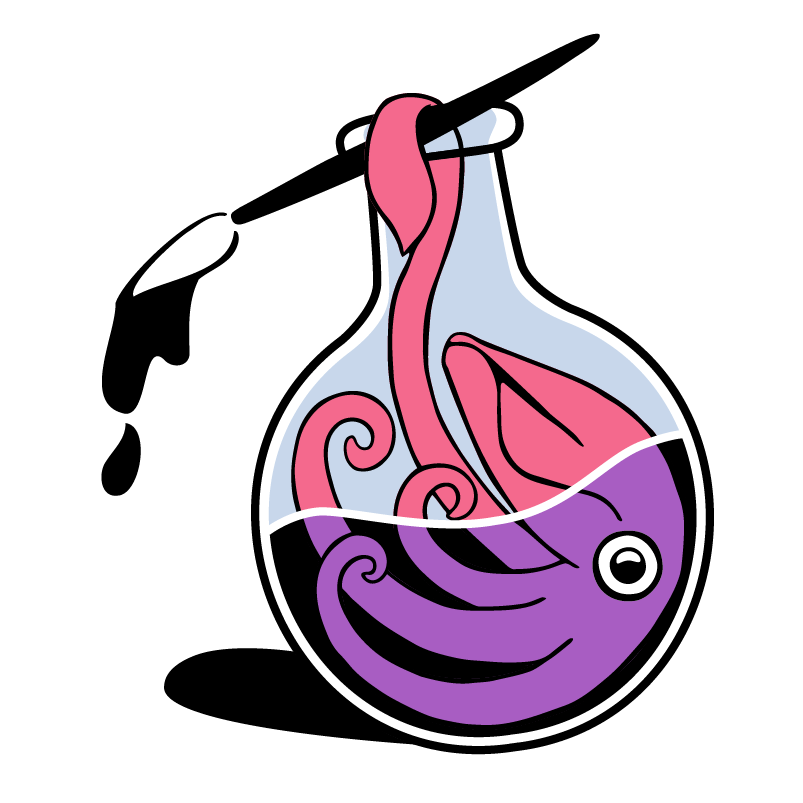The Electron Transport Chain (ETC)
The electron transport chain is the first phase of oxidative phosphorylation. It couples the movement of electrons with the translocation of protons across the inner membrane from the matrix to the intermembrane space (IMS) to generate an electrochemical gradient.
The ETC protein complexes are embedded in the phospholipid bilayer of the inner mitochondrial membrane.
Phospholipid bilayers are fluid and dynamic barriers.
In the diagram to the left, one of the fatty acid tails contains a cis double bond, causing it to kink. This kink prevents phospholipids from being packed together too tightly, which increases their mobility within the membrane. Due to the polarity of the phosphate heads and the hydrophobicity of the fatty acid tails, the phospholipid bilayer acts as a stable, yet fluid, barrier.
Phospholipids are the main component of cell membranes.
Phospholipids are amphipathic molecules, meaning they possess both hydrophobic and hydrophilic regions. They are composed of a phosphate-containing polar head and two nonpolar fatty acid tails.
Phospholipids naturally align in a bilayer, with the fatty acid tails facing inward, and the phosphate heads outward towards the aqueous environment of the cell or organelle.
Only small, uncharged molecules are able to cross the phospholipid bilayer by simple diffusion.
Ions and larger, charged molecules must cross through protein-mediated ion channels or through facilitated transport. As such, H⁺ ions cannot freely pass through the inner mitochondrial membrane; rather, they are pumped across the membrane through the respiratory complexes.
The ETC is composed of four protein respiratory complexes.
The ETC is fueled by oxidation-reduction (redox) reactions.
Electrons enter the ETC at Complex I and II in the forms of NADH and succinate. As they travel through the ETC, electrons move from a higher energy level to a lower energy level, until they are transferred to molecular oxygen to form water. Electrons associated with less electronegative atoms such as carbon or hydrogen are at a higher energy level and thus, less stable. When electrons are transferred to more electronegative atoms, such as oxygen, they move to a lower energy level and are more stable. Energy is released as the electrons are transferred between molecules, and this is harnessed by the respiratory complexes to pump protons across the inner membrane, forming an electrochemical gradient. This gradient will later be utilized by ATP synthase to form ATP.
Respiratory complexes are catalysts in several pathways.
The respiratory complexes are characterized by a hydrophobic region, which anchor them to the inner membrane, and a hydrophilic region, which protrudes into the matrix. Each complex is composed of several subunits, and carries out specific functions within the mitochondrion, often participating in several metabolic pathways.
Several copies of the ETC and ATP synthase can be found in the inner membrane.
This means that this pathway is taking place throughout the mitochondrion, allowing the cell to maximize its energy production.
Respiratory Complexes
-

Complex I
NADH: Ubiquinone Oxidoreductase
-

Complex II
Succinate: Ubiquinone Oxidoreductase
-

Complex III
Cytochrome bc1 Complex
-

Complex IV
Cytochrome c Oxidase
-

Complex V
ATP Synthase
